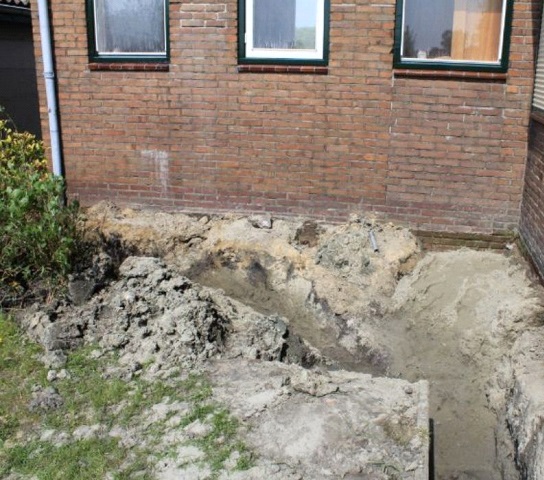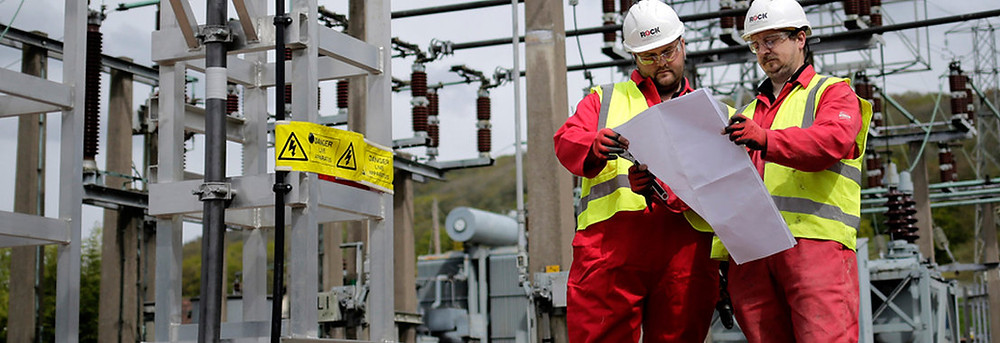Indiana’s wet climate contributes to damp, flooded basements in over one-third of households statewide. But just because daylight shows through cracks doesn’t mean you must tolerate musty smells or mold risks. Professional basement waterproofing delivers proven solutions to match any dampness scenario and budget.
This guide covers five advantageous basement waterproofing systems commonly used in Indiana homes. Discover the pros and cons of each to make an informed choice that keeps your basement dry all year long.
This information is provided by our company who offers basement systems in Fort Wayne IN.
Interior Basement Drainage Systems
Interior water management uses trenches, drain tiles, sump pumps and catch basins to divert flowing subsurface water away from basement interiors where it can damage possessions or breed toxic mold. Channel drains get embedded in flooring to catch minor seepage. Or a full French drain system of perforated pipes backfilled with gravel surrounds basement walls at their footer edges below, then links up to a sump basin. This collects water runoff for a powerful pump that ejects it outside.
Interior drainage merits affordable, upfront costs and simpler professional or DIY installation. But by itself, interior protection won’t fully barricade outside moisture from eventually penetrating foundation walls or floors. It only redirects it afterward.
Exterior Foundation Waterproofing
Stopping water infiltration before it passes walls or reaches drain tiles inside makes exterior protection methods highly effective. Special waterproof cementitious coatings or liquid sealants get brushed or sprayed onto exterior foundation surfaces. Most formulations cure water-resistant. Hydraulic cements even gain strength upon contact with moisture – great for patching cracks and holes actively leaking. Exterior sealers prevent moisture contact with foundations altogether. So no pumping gets required unless major land flooding occurs.
Completely sealing outside does necessitate excavating narrowly alongside foundations first for access. And removing or backfilling soil also adds expense. But this barrier method delivers lasting dryness.
Exterior Landscaping and Grading
Sometimes effective water prevention comes down to directing rainwater and snowmelt away from a home’s perimeter before it ever reaches the level of basement walls. One of the most affordable waterproofing solutions utilizes landscaping and grading.
Installing French drains or decorative rock-filled drainage canals helps divert roof runoff from downspouts further from foundation edges. Backfilling with clay or impermeable dirt creates gentle slopes that encourage the substance downhill. And planting absorptive trees helps lower moisture content naturally through roots, soil aeration and shade reducing evaporation. Even adding a vapor barrier sheet beneath the topsoil locks accumulated moisture from sinking directly down to basement levels.
Exterior landscaping and grading assists substantially by itself or boosts other methods. And projects scale easily for reasonable DIY upgrades. Just know limited capacity exists to prevent extreme weather events from eventually saturating neighboring soil.
Basement Waterproofing Panels
When looking to protect finished basements from seepage through cracks already present, but excavating the fully surrounding exterior proves impractical, basement waterproofing paneling presents an alternative. Dimpling and perforations in lightweight polyethylene foundation panels allow moisture and vapor pressure transmission sideways to drainage pipes if any water gets through. Special sealants along joints and concrete edges prevent moisture sneaking around panels’ barriers.
Installs take proper measurements and cutting to fit tightly against odd angles and obstructions. But certified waterproofing contractors have specialized skills guiding electrical wiring and pipes through neatly without leaving gaps. Homeowners attempting complex DIY panel jobs often get overwhelmed. Utilizing professional services typically delivers superior protection in this niche option when repairs demand going inside first.
Injected Polyurethane Foam
Getting maximum water protection from minimum concrete repairs comes from injecting expanding rigid polyurethane foam into hairline slab cracks showing early leakage signs. Applied by concrete repair specialists under pressure, the proprietary chemical foam saturates tiny fractures in foundation walls or floors then swells permanently curing leaks. Precision-injected foam even spreads wider underground, blocking paths along exterior side soil leading inward. Compared to mere surface-level concrete fillers, injected polyurethane waterproofs foundation defects at greater depths.
Specialized contracting equipment for on-target injection makes this application safest left to certified professionals. Costs stay reasonable though for small isolated crack jobs. Expanding foam delivers deep-penetrating and long-lasting hydrophobic insulation suitable where no digging occurs.
Trust Certified Waterproofing Companies
Choosing the optimal permanent basement waterproofing solution for your Indiana home depends on factors like your foundation’s age, construction style, soil composition, and drainage infrastructure. Always consult unbiased professional assessments from reputable local companies offering guaranteed workmanship warranties before assuming major water damage means pursuing full foundation replacement right away. The latest sealing technologies now rescue even severely flooded basements often less invasively and for lower prices than most homeowners expect. Protect your family and valuables from mold, humidity and structural threats with customized waterproofing that keeps basements bone dry all year long.
For a free quote from basement waterproofing experts serving the Fort Wayne area, contact Fort Wayne Basement Waterproofing Experts today!



